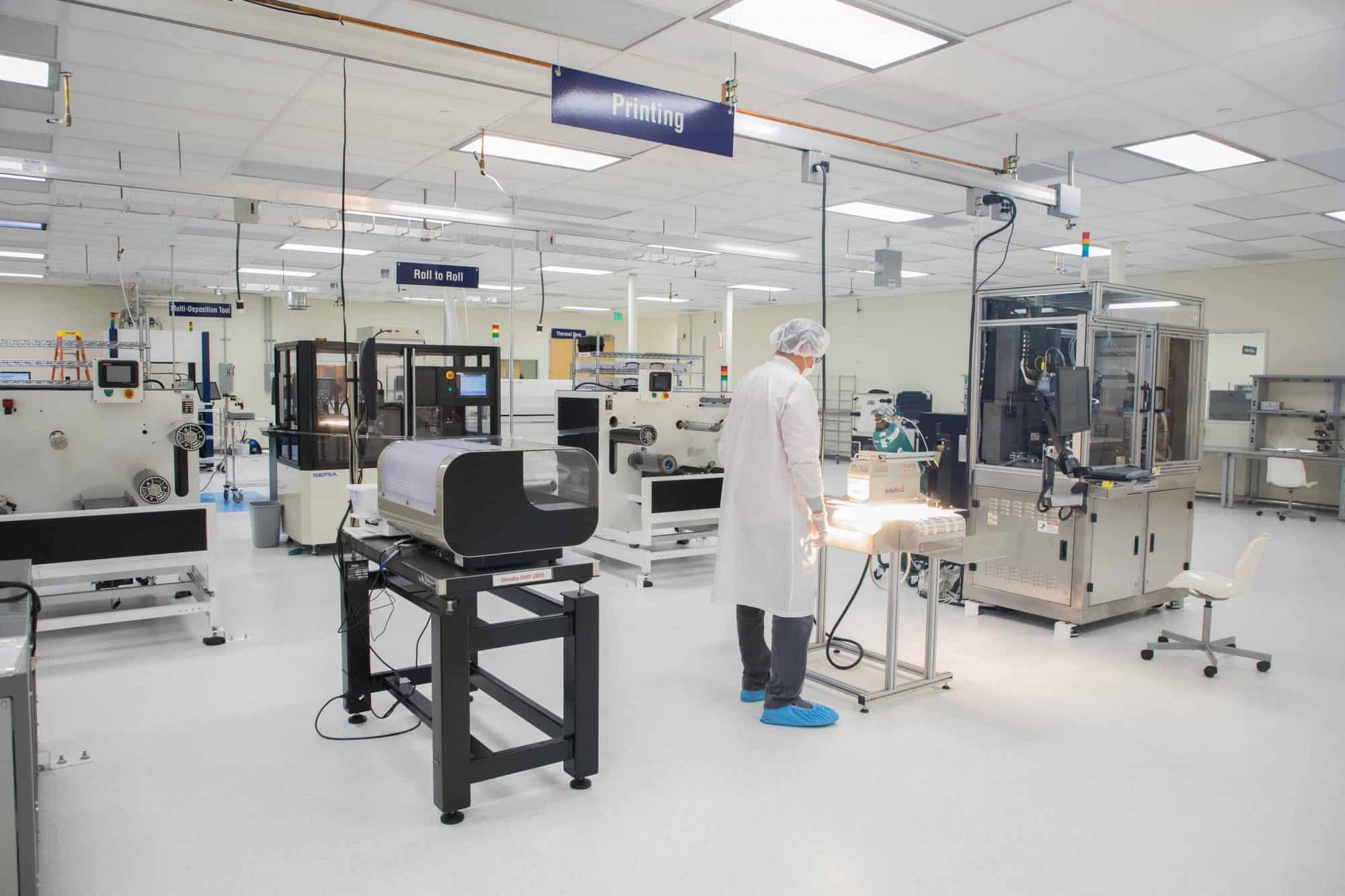CARES Act Offers Support for Manufacturers Affected by COVID-19

On March 27, 2020, President Trump signed the Coronavirus Aid, Relief and Economic Security Act, or CARES Act. National Association of Manufacturers Director of Tax and Domestic Economic Policy Charles Crain explains its significance.
What is the CARES Act?
The CARES Act is essentially a rescue vehicle for the economy. It’s not a long-term stimulus package, but rather a short-term emergency spending package to provide a specific injection of funds right now.
We’re facing a dramatic economic slowdown. Businesses don’t have the capital they need to operate because there’s not a lot of commerce going on. People are staying safe, staying inside and spending less money than they ordinarily would, and that has an impact on the economy generally and businesses specifically. The CARES Act is designed to provide capital for businesses and capital for families to weather the crisis.
How does the CARES Act help?
It does a number of different things. Because of the NAM’s leadership and advocacy, the CARES Act includes many of manufacturers’ priorities—priorities we first outlined in the NAM’s “COVID-19 Policy Action Plan Recommendations.”
First, the CARES Act offers almost $350 billion in loans to small businesses. The Small Business Administration Paycheck Protection Program provides loans up to $10 million, and as long as the loans are used to keep employees on payroll or on certain overhead costs like rent, mortgage interest or utilities, that loan will be forgiven.
Second, the CARES Act helps companies keep their employees, both through the PPP and through the Employee Retention Tax Credit, which allows eligible businesses that don’t use the PPP for payroll to claim a tax credit.
Third, the CARES Act allows for businesses to defer employer payroll taxes from March 27 until the end of this year, with half of it due at the end of 2021 and the other half at the end of 2022.
Fourth, it temporarily increases allowable interest deductions from 30% to 50% for 2019 and 2020, helping to provide critical liquidity for businesses.
Fifth, it sends money directly to American families in the form of relief checks up to $1,200 per qualifying individual and up to $500 per child, which helps employees and business owners alike.
How can manufacturers access the programs they need?
There’s a wide range of agencies involved in this effort and many are operating on different timelines. The Paycheck Protection Program, for example, has already begun—eligible businesses can now apply for loans directly with their local lender. For our members, the NAM provides important deadlines and points of access, as we have done with information about loans and tax provisions so far.
Where can manufacturers get more information?
The NAM regularly updates COVID-19 resources for manufacturers. Helpful links for small businesses are also available.
